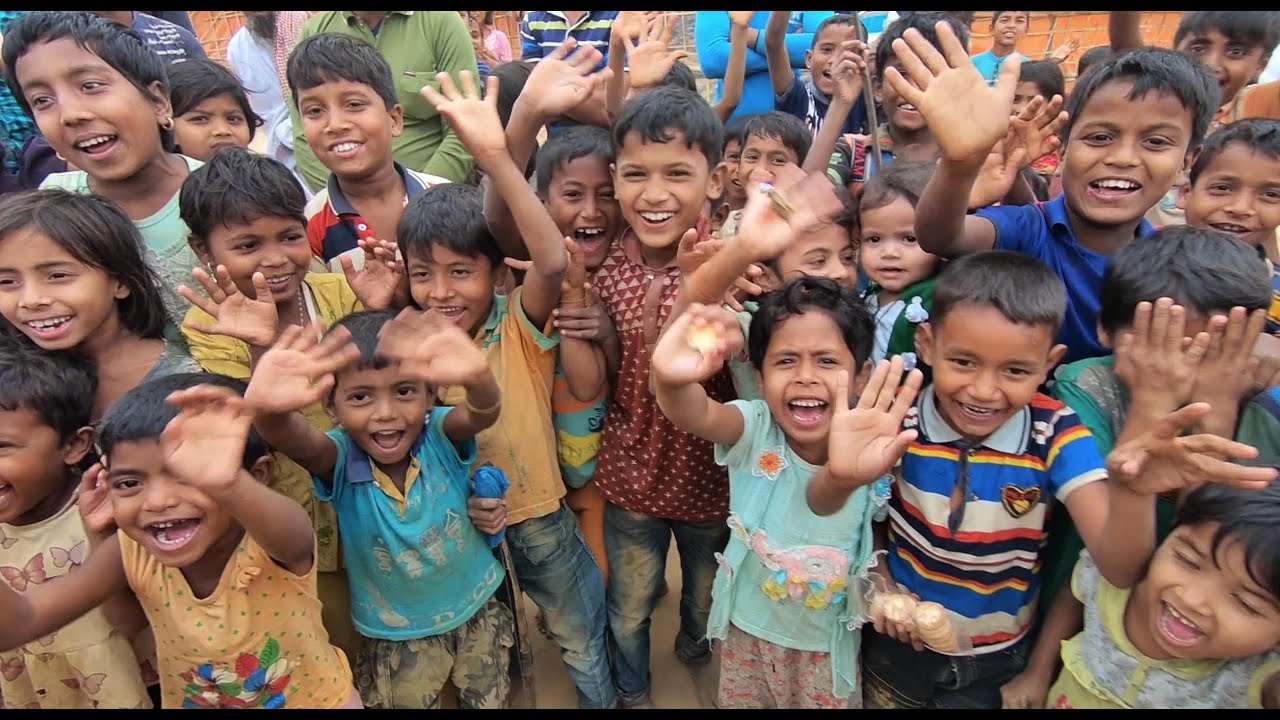
DiYES International School – Global South childhoods have often been misunderstood through the narrow lens of Western rights discourses. These frameworks, rooted in European and North American historical contexts, emerged from eighteenth century social and economic upheavals. While these rights frameworks became globally influential, they often clashed with local realities shaped by distinct traditions, economies, and family structures. As a result, the Global South has been portrayed through narratives of deficiency rather than diversity. However, closer examination reveals a broader spectrum of experiences where Western children’s rights principles sometimes align, sometimes diverge, and often blend with local practices. This article unpacks the plurality of childhood in Southern contexts by examining critical perspectives, Ghana’s example, and the importance of rethinking the idea of what is Western. The discussion challenges stereotypes and emphasizes a holistic approach to understanding rights in diverse societies.
Critics of dominant rights discourses argue that their Western orientation makes them unsuitable for the Global South. While these critiques hold weight, they often neglect transformations within Southern societies occurring since the same historical period. Urbanization, colonization, and global capitalist forces reshaped many local structures, influencing how children are perceived and raised. To label Southern experiences solely as contradictions to Western rights is limiting.
The concept of a continuum helps capture the varied realities in these regions. For instance, children’s daily lives in Ghana reflect both clashes and synergies with international frameworks. Presenting Southern children exclusively as disadvantaged or excluded perpetuates a partial view, ignoring complex interactions with modernization and tradition. Thus, a nuanced approach acknowledges dissonance but also synergy, highlighting the capacity of societies to adapt global discourses while sustaining local values. Recognizing this balance prevents one-dimensional portrayals and promotes deeper insight into how children’s rights truly function across contexts.
A deeper look into the Global South shows that children’s lives cannot be defined by opposition alone. Instead, diversity emerges through overlapping influences of education, religion, traditions, and globalization. For example, some families in Ghana embrace international rights principles, seeing them as complementary to aspirations for education and equality. Others continue with traditional practices such as puberty rites, though often modified by modern values. Still others combine both systems, creating hybrid approaches that reflect openness to change without abandoning heritage. This plurality shows that children’s rights debates cannot be resolved by rigidly contrasting South and West. By adopting a holistic view, we can capture how various families negotiate their children’s lives in ways that resonate both locally and globally. Understanding this diversity helps dismantle stereotypes of deprivation, replacing them with recognition of agency and adaptation. Children are not merely passive recipients of rights but active participants within changing social structures.
“Read more: Shockwaves! Houthi Prime Minister Killed in Deadly Israeli Strike on Yemen”
Ghana provides a vivid lens for exploring these intersections in the Global South. As the first country to ratify the Convention on the Rights of the Child, Ghana demonstrates both enthusiasm for and complexity within global frameworks. Puberty rites such as dipo remain significant, yet many families now reject them in favor of educational milestones influenced by Christianity and formal schooling. Others hybridize traditions, reshaping rituals to align with modern values. These varied practices reveal that no singular model of childhood transition exists even within one community. Instead, childhood transitions form a mosaic reflecting diverse values and shifting norms. Ghana’s case challenges the assumption that dominant rights frameworks must always conflict with local practices. It also shows how global norms are absorbed, reshaped, and localized across different families. By highlighting these intersections, Ghana illustrates the importance of studying plurality rather than reinforcing a binary of Western versus non-Western children’s rights.
The concept of Western itself needs to be re-examined when studying children’s rights in the Global South. Historical entanglements such as colonization, migration, and economic integration have blurred distinctions between so-called Western and non-Western societies. In Latin America, for instance, heavy European migration complicates the notion of what counts as Western. Likewise, in Ghana, generations have lived with Christian and educational influences shaping new traditions. For many families, these values are not external impositions but integral to their worldview. To describe dominant children’s rights as simply Western ignores this long history of interaction. Future research must move beyond binaries and stereotypes, creating literature that portrays Southern childhoods in their full richness. For students and scholars, this holistic approach offers balanced understanding and challenges simplistic narratives of lack. Recognizing plurality ensures that the voices and experiences of children in the South are understood as dynamic, diverse, and historically grounded.